.jpg)
Name
Classifications and Characteristics
| Plant Division | Angiosperms (Flowering Seed Plants) (Dicotyledon) |
|---|---|
| Plant Growth Form | Shrub |
| Lifespan (in Singapore) | Perennial |
| Mode of Nutrition | Autotrophic |
Biogeography
| Native Distribution | Sri Lanka |
|---|---|
| Native Habitat | Terrestrial |
| Preferred Climate Zone | Tropical |
Description and Ethnobotany
| Growth Form | Bushy shrub, able to grow up to about 1.5 m tall. |
|---|---|
| Foliage | Green leaves, ovate to elliptic in shape, opposite arrangement, measuring about 2.5 - 6 cm long and 1.5 - 2.5 cm wide. |
| Flowers | White fragrant 5-petaled flowers with a yellow centre, measuring about 2.5 cm wide, corolla tube very slender and about 2 - 2.5 cm long. |
| Fruit | Fruit is a pod-liked follicle. |
| Etymology | Genus Wrightia is named after Dr William Wright (1740 - 1827), who was a Scottish physician and botanist and who also identified the indigenous Jamaican species, Cinchona jamaicensis, in 1777. Species antidysenterica means against dysentery and refers to the medicinal properties of the plant. |
| Ethnobotanical Uses | Medicinal: It is a valuable medicinal plant in India. The juice from the bark is administered for mouth sores. The leaves are used in treating several skin disorders, such as psoriasis. |
Landscaping Features
| Desirable Plant Features | Ornamental Flowers |
|---|
Plant Care and Propagation
| Light Preference | Full Sun |
|---|---|
| Water Preference | Moderate Water |
Foliar
| Foliage Retention | Evergreen |
|---|---|
| Mature Foliage Colour(s) | Green |
| Mature Foliage Texture(s) | Smooth |
| Foliar Type | Simple / Unifoliate |
| Foliar Arrangement Along Stem | Opposite |
| Foliar Attachment to Stem | Petiolate |
| Foliar Margin | Entire |
| Leaf Area Index (LAI) for Green Plot Ratio | 4.5 (Shrub & Groundcover - Dicot) |
Floral (Angiosperm)
| Flower Colour(s) | White |
|---|---|
| Flower Grouping | Solitary, Cluster / Inflorescence |
| Flower Location | Axillary, Terminal |
| Flowering Period | Free-Flowering |
Image Repository
Others
| Master ID | 1261 |
|---|---|
| Species ID | 2554 |
| Flora Disclaimer | The information in this website has been compiled from reliable sources, such as reference works on medicinal plants. It is not a substitute for medical advice or treatment and NParks does not purport to provide any medical advice. Readers should always consult his/her physician before using or consuming a plant for medicinal purposes. |

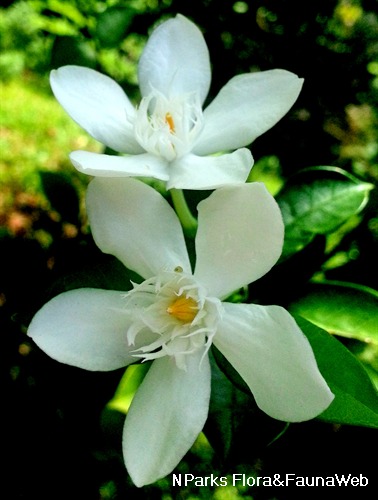
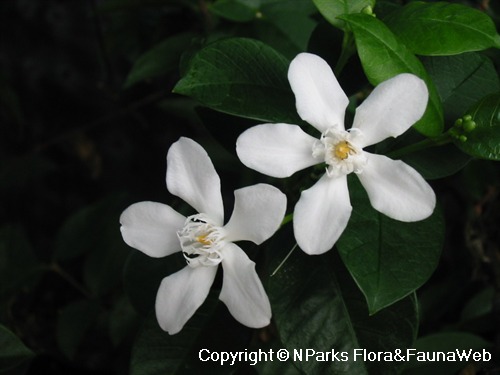
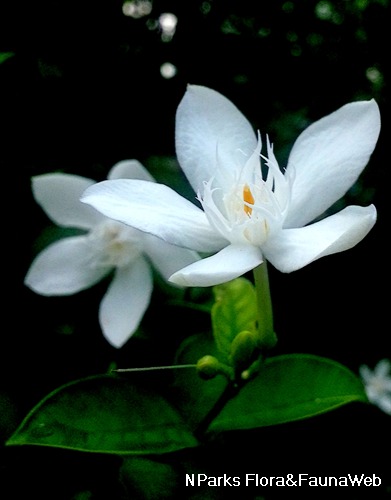
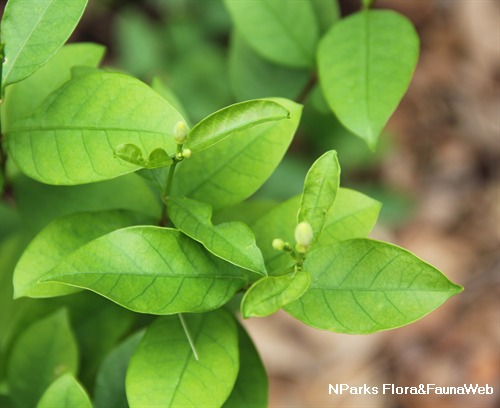
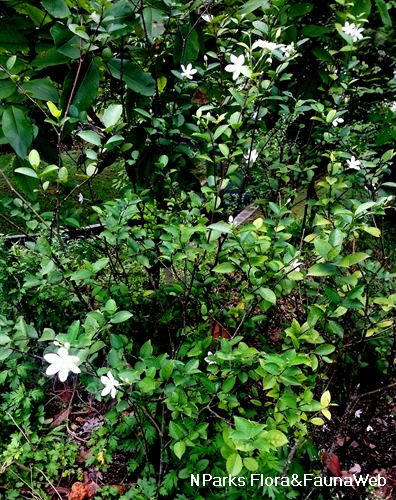
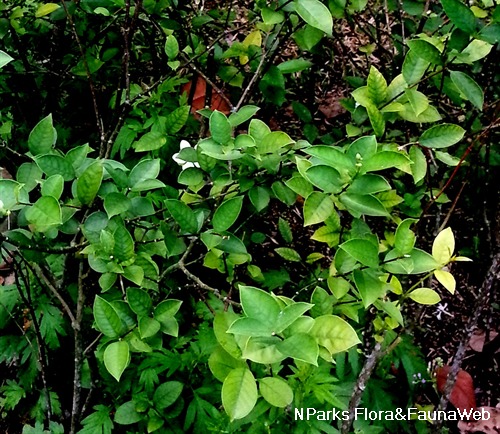
.jpg)

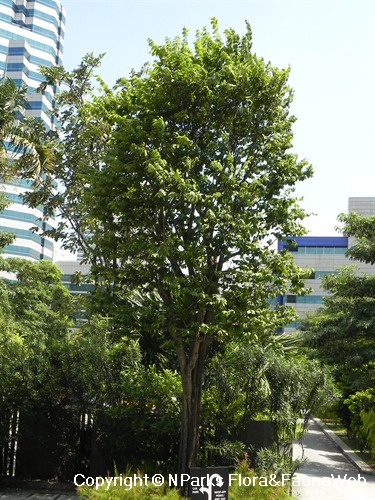
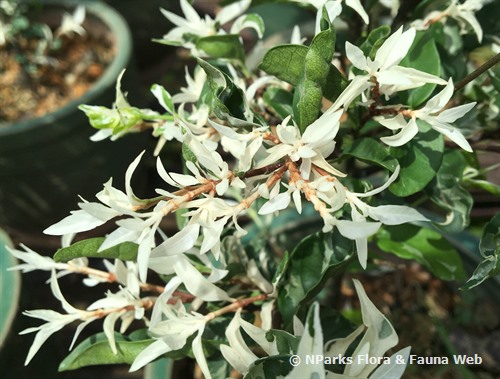
.jpg)